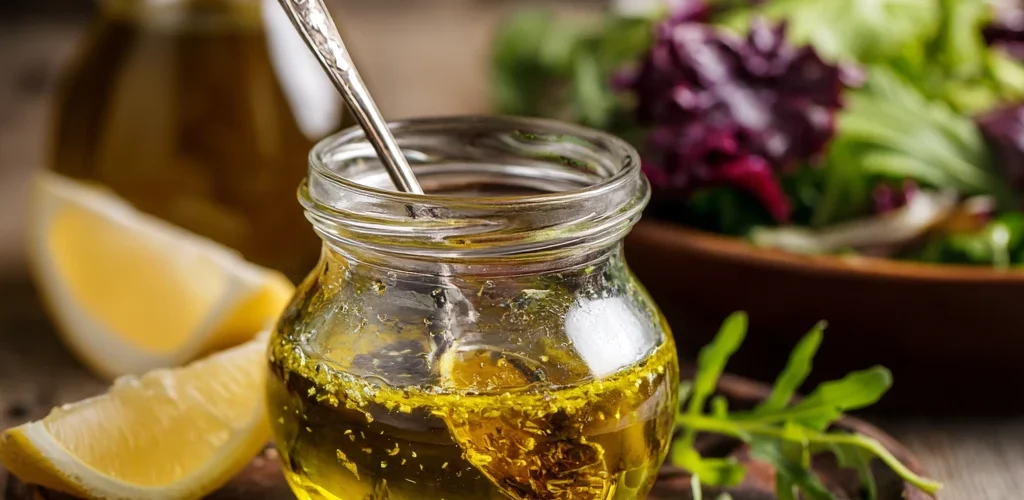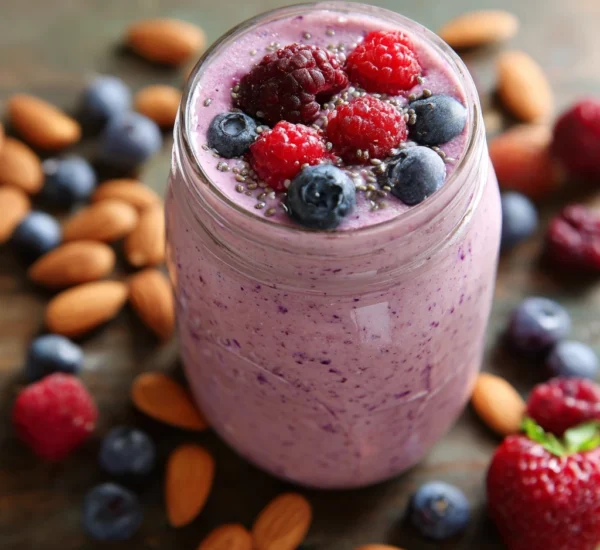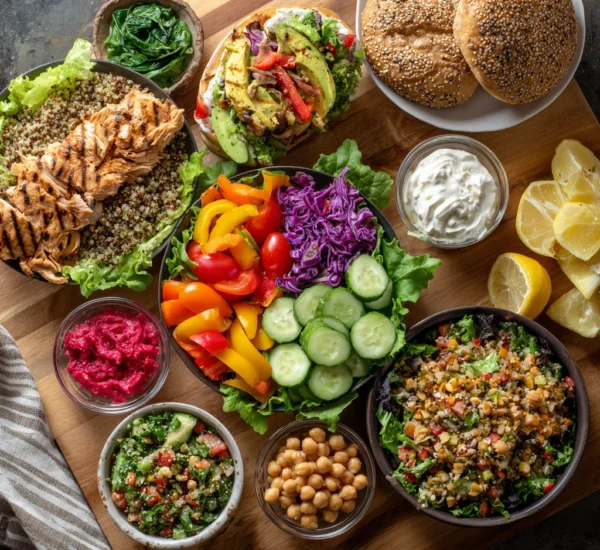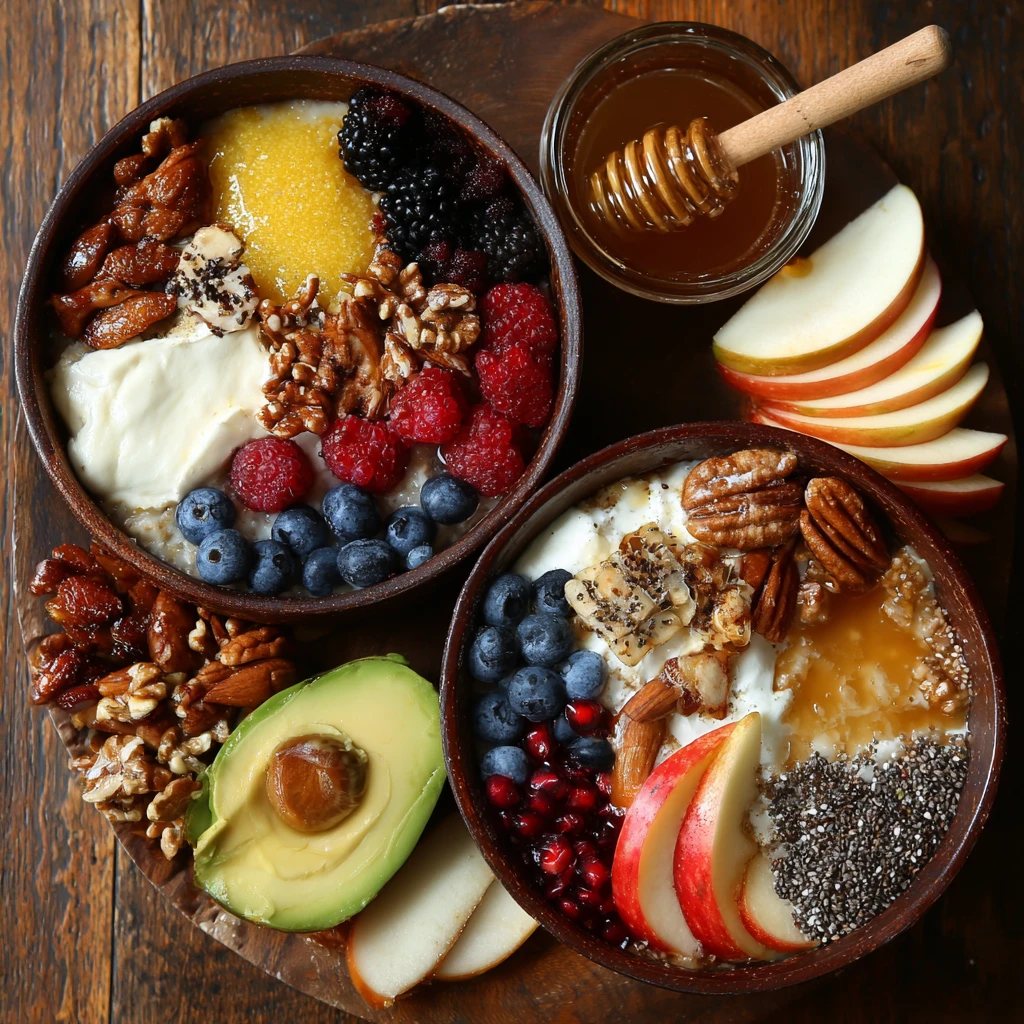Homemade Dressings to Brighten Your Salads: A Flavorful Guide
Salads are a staple for health-conscious individuals, offering a versatile canvas for incorporating fresh vegetables, lean proteins, and healthy fats. However, the dressing can make or break a salad. Store-bought dressings are often loaded with unhealthy additives, preservatives, and excess sugar. Making your own dressing is surprisingly simple, allowing you to control the ingredients and create dressings that perfectly complement your salad’s components. This guide will explore the world of homemade salad dressings, providing you with the knowledge and recipes to elevate your salads from mundane to magnificent.
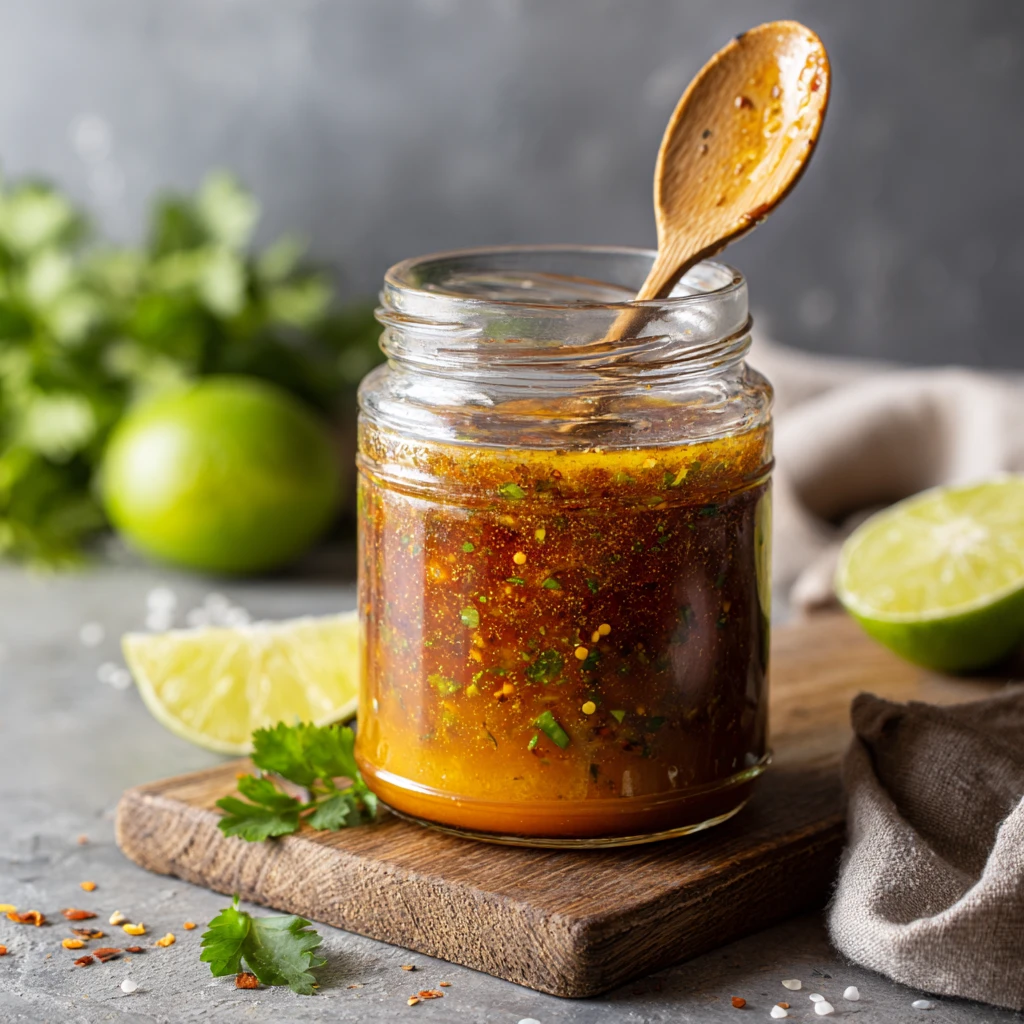
The Benefits of Homemade Salad Dressings
Choosing homemade salad dressings offers a multitude of advantages over their commercially produced counterparts. These benefits extend beyond just taste and convenience, impacting your health and overall culinary experience.
Healthier Ingredients, Happier You
The most significant advantage of homemade dressings is the control you have over the ingredients. You can avoid processed oils, artificial flavors, high fructose corn syrup, and excessive sodium that are commonly found in store-bought options. Instead, you can use high-quality ingredients like extra virgin olive oil, fresh herbs, and natural sweeteners like honey or maple syrup. This results in a dressing that’s not only tastier but also better for your health. By ditching the preservatives, you’re opting for real, wholesome food.
Customization at Your Fingertips
Homemade dressings allow for unparalleled customization. You can tailor the flavors to perfectly complement the specific ingredients in your salad. Love a tangy dressing? Add more vinegar or lemon juice. Prefer a sweeter taste? A touch of honey or agave nectar will do the trick. Experiment with different herbs, spices, and oils to create unique flavor profiles that suit your personal preferences. This level of personalization is simply not possible with store-bought dressings. Consider the salad ingredients and adjust the dressing to enhance the overall experience.
Cost-Effective and Convenient
While the initial investment in ingredients might seem higher, making your own dressings can actually be more cost-effective in the long run. You’ll use ingredients you likely already have in your pantry, and a small batch of dressing can last for several servings. Furthermore, making dressing is quick and easy, often taking only a few minutes. With a few basic ingredients and a whisk or blender, you can whip up a delicious and healthy dressing in no time. This convenience makes it a practical choice for busy individuals who want to eat well without spending hours in the kitchen.
Essential Ingredients for Homemade Dressings
Creating delicious homemade dressings requires a few key ingredients that serve as the foundation for flavor and texture. Understanding the role of each ingredient allows you to experiment with confidence and achieve the perfect balance in your dressings.
The Oil: Foundation of Flavor and Texture
The oil is the base of most salad dressings, providing richness and body. Extra virgin olive oil is a popular choice, offering a fruity flavor and healthy monounsaturated fats. However, you can also experiment with other oils like avocado oil (neutral flavor, high in healthy fats), walnut oil (nutty flavor, use sparingly), or sesame oil (toasted flavor, ideal for Asian-inspired dressings). Consider the flavor profile you’re aiming for when choosing your oil. Lighter salads pair well with lighter oils, while richer salads can handle bolder flavors.
The Acid: Brightness and Tang
Acid provides a crucial counterpoint to the richness of the oil, adding brightness and tang to the dressing. Common acidic ingredients include vinegar (balsamic, red wine, apple cider, white wine), lemon juice, and lime juice. Each acid offers a distinct flavor profile. Balsamic vinegar provides a sweet and complex flavor, while lemon juice offers a bright and citrusy zing. Experiment with different acids to find your preferred balance. A general rule of thumb is to use a 3:1 ratio of oil to acid, but adjust to your taste.
The Emulsifier: Keeping it Together
Oil and vinegar naturally separate, so an emulsifier is needed to bind them together and create a stable dressing. Common emulsifiers include Dijon mustard, honey, maple syrup, and mayonnaise (for creamier dressings). Dijon mustard is a classic choice, adding a subtle tang and helping to create a smooth emulsion. Honey and maple syrup not only emulsify but also add sweetness. Experiment with different emulsifiers to find the texture and flavor you prefer.
Flavor Enhancers: Herbs, Spices, and More
This is where you can really get creative! Fresh herbs like dill, parsley, chives, and mint add vibrant flavor and aroma. Spices like garlic powder, onion powder, paprika, and cumin can add depth and complexity. Other flavor enhancers include shallots, garlic, ginger, and even a touch of hot sauce. Consider the ingredients in your salad and choose flavor enhancers that complement those flavors. Freshly ground black pepper and sea salt are essential for bringing all the flavors together.
Simple & Delicious Homemade Dressing Recipes
Now that you understand the basics of homemade dressing creation, let’s dive into some simple and delicious recipes that you can easily whip up at home. These recipes serve as a starting point, encouraging you to experiment and personalize them to your liking.
Classic Vinaigrette
This is a foundational dressing that can be adapted in countless ways.
- Ingredients:
3 tablespoons extra virgin olive oil
1 tablespoon balsamic vinegar
1 teaspoon Dijon mustard
1/2 teaspoon honey or maple syrup (optional)
Salt and freshly ground black pepper to taste
1. In a small bowl, whisk together the olive oil, balsamic vinegar, Dijon mustard, and honey (if using).
2. Season with salt and pepper to taste.
3. Whisk until well combined.
4. Adjust the seasoning as needed.
5. Store in an airtight container in the refrigerator for up to a week.
Creamy Ranch Dressing
A healthier and tastier alternative to store-bought ranch.
- Ingredients:
1/2 cup plain Greek yogurt
1/4 cup buttermilk
2 tablespoons mayonnaise (optional, for extra richness)
1 tablespoon chopped fresh parsley
1 tablespoon chopped fresh dill
1/2 teaspoon garlic powder
1/4 teaspoon onion powder
Salt and freshly ground black pepper to taste
1. In a medium bowl, whisk together the Greek yogurt, buttermilk, and mayonnaise (if using).
2. Stir in the parsley, dill, garlic powder, and onion powder.
3. Season with salt and pepper to taste.
4. Mix well and adjust seasoning as needed.
5. Refrigerate for at least 30 minutes to allow the flavors to meld.
6. Store in an airtight container in the refrigerator for up to 5 days.
Lemon Herb Vinaigrette
Bright and refreshing, perfect for spring and summer salads.
- Ingredients:
3 tablespoons extra virgin olive oil
2 tablespoons lemon juice
1 tablespoon chopped fresh herbs (such as parsley, chives, or dill)
1 teaspoon Dijon mustard
1 clove garlic, minced (optional)
Salt and freshly ground black pepper to taste
1. In a small bowl, whisk together the olive oil, lemon juice, Dijon mustard, and minced garlic (if using).
2. Stir in the chopped fresh herbs.
3. Season with salt and pepper to taste.
4. Whisk until well combined.
5. Adjust the seasoning as needed.
6. Store in an airtight container in the refrigerator for up to a week.
Honey Mustard Dressing
Sweet and tangy, a crowd-pleaser for all types of salads.
- Ingredients:
3 tablespoons extra virgin olive oil
2 tablespoons Dijon mustard
1 tablespoon honey
1 tablespoon apple cider vinegar
Salt and freshly ground black pepper to taste
1. In a small bowl, whisk together the olive oil, Dijon mustard, honey, and apple cider vinegar.
2. Season with salt and pepper to taste.
3. Whisk until well combined.
4. Adjust the seasoning as needed.
5. Store in an airtight container in the refrigerator for up to a week.
Tips for Perfect Homemade Dressings
Creating consistently delicious homemade dressings is easier than you might think. By following a few simple tips and tricks, you can ensure that your dressings are always flavorful, well-emulsified, and perfectly balanced.
Use High-Quality Ingredients
The quality of your ingredients directly impacts the flavor of your dressing. Opt for high-quality extra virgin olive oil, fresh herbs, and good-quality vinegar. These ingredients will elevate the taste of your dressing and make it even more enjoyable. Remember, you’re in control of what goes into your dressing, so choose wisely.
Taste and Adjust as You Go
Taste your dressing as you’re making it and adjust the ingredients to your liking. This is the key to creating a dressing that perfectly suits your palate. Add more acid for tanginess, more sweetener for sweetness, or more herbs for a bolder flavor. Don’t be afraid to experiment and tweak the recipe until it’s just right.
Emulsify Properly
Ensuring your dressing is properly emulsified is crucial for achieving a smooth and creamy texture. Whisk vigorously or use a blender to combine the oil and acid. Adding the oil slowly while whisking constantly helps to create a stable emulsion. If the dressing separates after sitting, simply whisk it again before serving.
Storage is Key
Store your homemade dressings in an airtight container in the refrigerator. This will help to preserve the flavor and prevent spoilage. Most homemade dressings will last for up to a week in the refrigerator. Be sure to check for any signs of spoilage before using, such as an off odor or discoloration.
Experiment with Flavors
Don’t be afraid to get creative and experiment with different flavor combinations. Try adding roasted garlic, sun-dried tomatoes, or even a pinch of chili flakes to your dressings. The possibilities are endless! Consider your favorite flavors and incorporate them into your dressings.
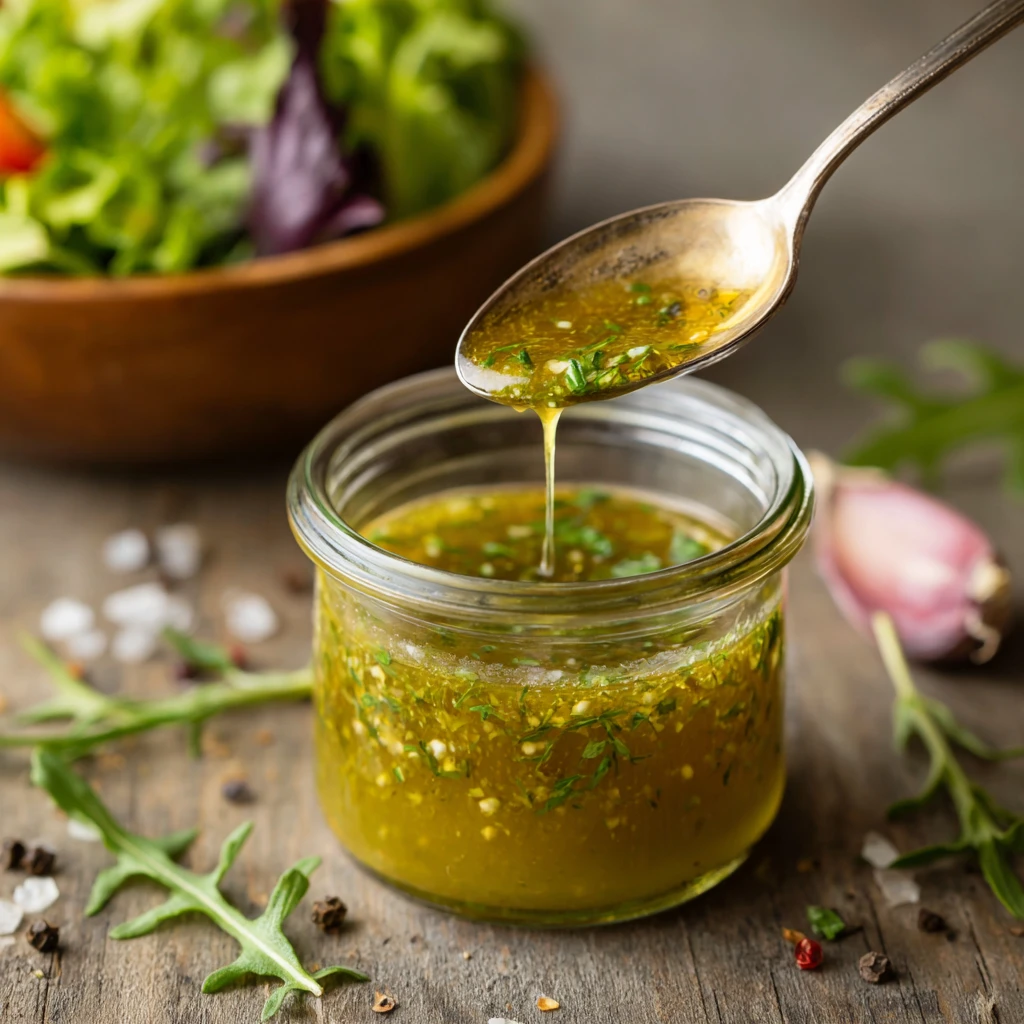
FAQs About Homemade Salad Dressings
Here are some frequently asked questions about making homemade salad dressings:
Q: How long do homemade salad dressings last?
A: Most homemade salad dressings will last for up to a week in the refrigerator, stored in an airtight container.
Q: Can I use different types of vinegar?
A: Yes, experiment with different types of vinegar, such as balsamic, red wine, apple cider, or white wine vinegar, to create different flavor profiles.
Q: What can I use instead of olive oil?
A: You can use other oils like avocado oil, walnut oil, or sesame oil, depending on the flavor you’re aiming for.
Q: How do I make a thicker salad dressing?
A: You can thicken a salad dressing by adding more emulsifier, such as Dijon mustard, honey, or mayonnaise. You can also blend in an avocado for a creamy and thick texture.
Q: My dressing is too sour, what can I do?
A: Add a touch of sweetener, such as honey, maple syrup, or agave nectar, to balance the acidity.
Q: Why does my dressing separate?
A: Oil and vinegar naturally separate. Be sure to emulsify your dressing properly by whisking vigorously or using a blender. If it separates after sitting, simply whisk it again before serving.
Q: Can I freeze homemade salad dressing?
A: It’s generally not recommended to freeze homemade salad dressings, as the texture can change upon thawing. Dressings with dairy (like yogurt or buttermilk) are especially prone to separation and textural changes after freezing.
Q: How do I make a vinaigrette sweeter?
A: Add honey, maple syrup, agave nectar, or even a little fruit jam to your vinaigrette for added sweetness. Start with a small amount and taste as you go.
Q: What herbs go well in salad dressings?
A: Many herbs work well in salad dressings! Some popular choices include parsley, dill, chives, basil, thyme, and oregano. Consider what flavors complement your salad ingredients.
By embracing the world of homemade salad dressings, you can transform your salads into flavorful and healthy meals. With a little experimentation and these helpful tips, you’ll be creating dressings that are far superior to anything you can find in a store. Enjoy the journey of creating your own signature dressings and elevating your salad game to a whole new level!
